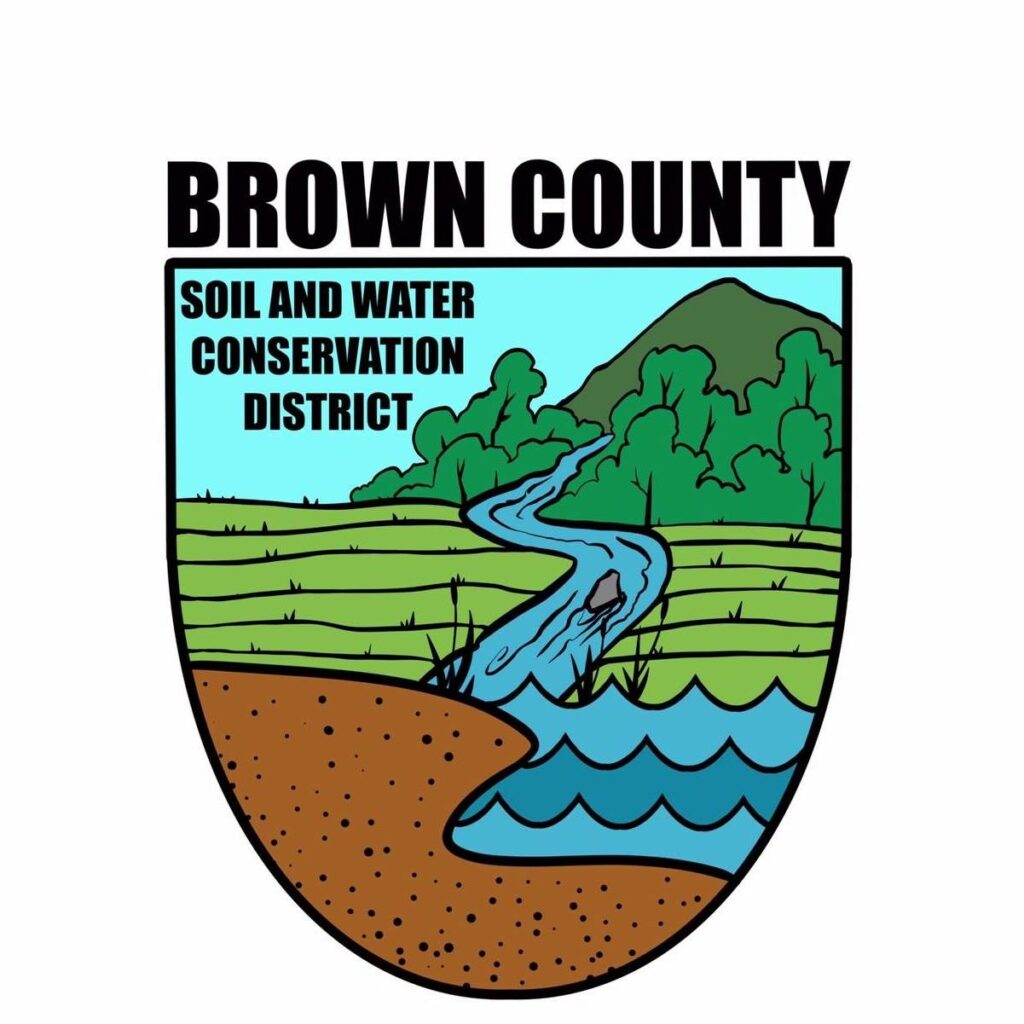SEPTIC SYSTEMS
OUR PROGRAMS
Old fashioned septic systems don’t work well in our soils, and often fail. With 9000+ septic systems in the watershed, that’s a lot of you-know-what! We are self-funding a program, and working in coordination with the Brown County Soil and Water Conservation District to assist at least 65 households in the Brown County portion of the watershed with $200 reimbursements for septic tank inspection, riser installation, and pumping.
Visit our partners website here: Brown County Soil and Water Conservation District.
REPAIRING & REPLACING SEPTIC SYSTEMS
Properly functioning septic systems will remove phosphorus, nitrogen, bacteria, and viruses from wastewater, but failing ones allow these pollutants to contaminate our lakes and/or groundwater. These contaminants can destroy plant and animal habitat, cause beaches to be closed, and hurt the fishing industry. Human health is also at risk from failing septic systems; according to the US EPA, when people come in contact with water contaminated by these pollutants through recreation or drinking, they may suffer from eye or ear infections, gastrointestinal illnesses, or diseases like hepatitis. If drinking water wells are in close proximity to septic systems, especially if they are downhill from the leach field, they may be contaminated, making entire families sick. The Indiana State Department of Health maintains a list of diseases involving sewage; there are currently fourteen dangerous or bothersome diseases on that list.
There are approximately 1 million septic systems in Indiana, and the Indiana State Department of Health (ISDH) estimates that 200,000 of these are inadequate and have failed or are failing to protect human and environmental health. According to a publication by Purdue University on Septic System Failures, “We can estimate that every failing septic system can discharge more than 76,650 gallons of untreated wastewater into Indiana’s groundwaters and surface waters per year. That means that the 200,000 failing septic systems in Indiana estimated by the ISDH are introducing approximately 15.3 billion gallons of raw sewage into the environment annually.”
What goes down can come back around. Leaking septic systems allow some serious pollutants to contaminate our waterways.


